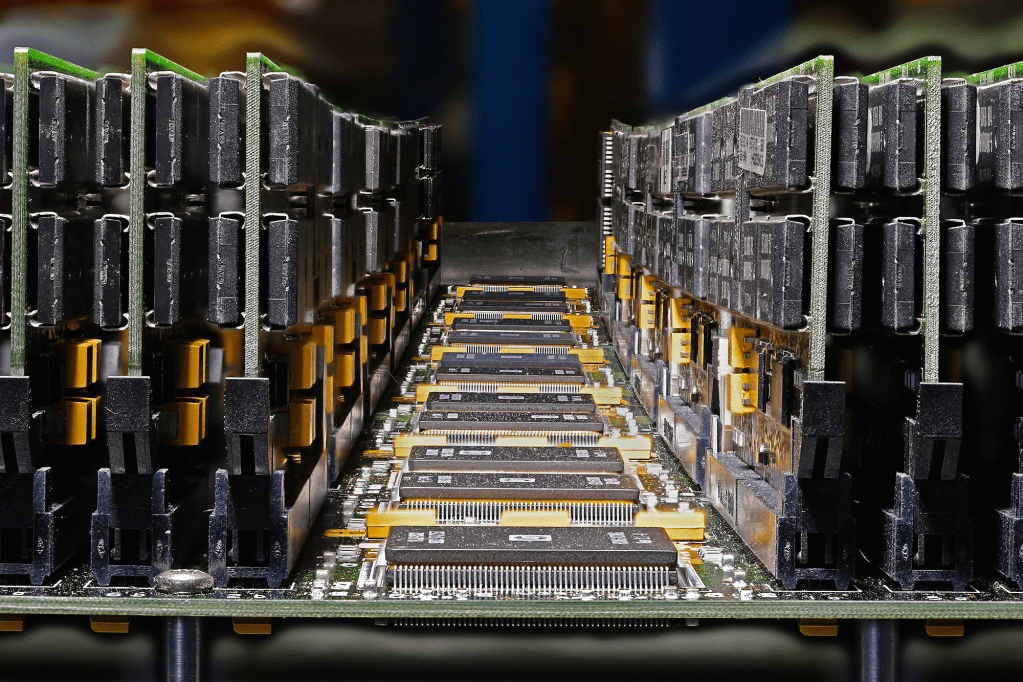Empty Seattle
It is a very strange time. Here in Washington we are just taking the first steps toward reopening things with several counties already entering phase two of the reopening plan. Current estimates put phase three toward the end of June and phase four in mid-July. Those dates are, of course, subject to change.
I have found it to be particularly odd, because, previous to all this, I spent a lot of time out and about in the city. But over the past (almost) three months, my travel has pretty much been limited to the office, the grocery store, the gas station, and the occasional drive through taco treat.
This past weekend I had to run an errand and on the way home took the slow road through downtown to see what all of this looks like. I had mounted a tripod in the car and let a camera roll as I drove around the city. The shot you see above is a frame from that video. It’s an intersection between a hotel and a movie theater in the middle of downtown in the middle of a beautiful spring day. And there is nobody around.
Over the course of my circuitous commute I only saw a tiny fraction of the people you would expect to see in the city. It was weird. But, I suppose, ultimately a good thing. Everyone is taking this seriously, which is the shortest path to moving past it.
Have a great weekend!
It’s 56K!
Remember the sound of modems? Now that I have put that in your head… we are continuing our trip down memory lane with this pristine 56K US Robotics modem. That brings back some memories. If I close my eyes, I can almost feel how long it would take to download just this one photo…
It really is remarkable where networking and the internet are today. When we were all dialing in to AOL and spending way too much time trying to guess if Netscape or Microsoft would win the browser war, we couldn’t even fathom where all of this would lead.
The other day I handed my phone to someone so they could stream a short film I was working on. Like it was nothing. I remember waiting what seemed like forever to download BMW’s film series, “The Hire” back in 2001. And it’s not like those were some crazy 4K versions. They were probably 640×480 quicktime files that had been compressed within an inch of their bits. Now, we just casually watch gorgeous HD content on our phones. It’s cool living in the future. 😀
Fun fact! 18 years after seeing Clive Owen in the BMW films, I saw him on Broadway in M Butterfly.
Old School Tools
We have a lot of great conveniences in our modern world. But there is something to be said for the style and design of things from the past. The model 1023 POW-R-MATE is a great example. I have other meters that I use, and they work great. But none of them look like this.
Everything about this thing is cool. From the buttons and switches that look like they are right out of a 50s sci-fi flick, to the fonts and colors that are just perfect. Even the meter is amazing. It calls to mind riding around in your grandmother’s Buick with that needlessly wide speedometer.
The hidden bits
This one is really interesting. This is an object everyone is very familiar with and has used repeatedly over the past several years. I’m particularly interested in this close-up because of what it reveals. Scroll to see just what we are looking at.
–
–
–
–
–
–
–
–
–
–

That is the business end of a SD card. And, clearly, a well used one. I was a little surprised at just how rough the contacts on the card looked close up. We are quickly moving toward a future where SD cards will go in devices once and pretty much stay there. We’re already there with our phones. Not so much with cameras.
I am still in the habit of taking the card out of the camera and putting it in the computer. Yes, I can do it over USB, but that involves connecting a cable and it is slower. And Canon does have their new image.canon cloud service, which will wirelessly beam your photos to the cloud and then to various other cloud services or back down to your PC.
That one is still slower, a lot slower at the moment, but once it gets a little more speed with updated radios in newer cameras, the convenience of it could be what makes the change. For now though, I’ll just be thankful that SD cards are pretty robust, and seem just fine with going in and out of all my different devices again and again.
A dusty memory tunnel

A bit of an oddball photo to end the week. We just got in some classic K-class HP systems. What you see here are six fully loaded memory carriers from those systems, complete with who knows how many years of computing dust.
They were sitting on a (obviously bowed :D) cart and I noticed they created this interesting tunnel that would make for a pretty cool shot. A fun note: These boards are loaded with A3830-60001 DIMMs. Those are 128 MB. So a fully loaded board, with 16 DIMMs, gets you to 2GB RAM. The times they are a changin’.
Have a great weekend!
No ultraviolet light required

This is a pretty hefty throwback. Our modern devices don’t have much use for these, but there was a time in the not so distant past where these were used for all kinds of things. Do you remember this bit of technology? The wide shot is below.
–
–
–
–
–
–
–
–
–
–

It is an EEPROM! That is, an Electrically Erasable Programmable Read-Only Memory. The title was a clue. The EEPROM was preceded by the EPROM (Erasable Programmable Read-Only Memory). The main difference is that the contents of the EPROM were erased using UV rays. The EEPROM could be erased using an electrical signal.
I don’t know where this one came from. It turned up in a random box of parts that came in with some classic systems we were adding to our stock, but doesn’t go with them.
You have a bunch of these!

This is a fun one. What you are looking at is something that everyone has made use of at some point. The version you used might not look exactly like this one, but it does the same thing. It’s super common. You’ll find something that includes this part in pretty much every home and every workplace. As a clue, think of that entire photo being the size of a dime.
–
–
–
–
–
–
–
–
–
–

It is the connector for a AA battery in an electronic gizmo. In this case, my flash trigger. But it is the same, more or less, as what you will find in all of your various contraptions that use batteries.
Zen and the art of shutter speed
Someone was asking me about flash photography the other day, and I put these images together to help explain, so I thought I would share them here. To get us started, here is a cabinet fan running and we have taken a photo at 1/10s. As you can see, the blades are virtually invisible.

If we increase the shutter speed to 1/200s, we can start to make out the blades.

Jumping up to 1/500s the blades are starting to become defined.

At 1/1000s we are almost there. We can see the blades, but everything still has just a touch of motion blur.

And finally, we get to the flash shot. This is actually taken at 1/160s, but all the light is being provided by a flash, so our shutter speed effectively becomes the duration of that flash. In this case, it is something around 1/10000s. That is fast enough that we have frozen the fan.

Round and round

Here is the rare picture puzzle where I am just going to give you the full size photo right from jump street. This is one of those things that if you have had to replace it, you will recognize right away. And if you haven’t… well, good luck.
–
–
–
–
–
–
–
–
–
–
That is a replacement paper pick up roller for a laser printer. If you ever run into a situation where your printer quits picking up paper from the tray, or starts getting random jams, snapping in a new one of these could be just the ticket.
SuperSPARC

A little classic computing trivia to finish the week. Above you will see an original SuperSparc microprocessor. This implemented the SPARC V8 instruction set architecture developed by Sun. The question is, what year was this introduced? To help narrow it down, I will tell you that there were 33 and 40 MHz versions. The answer is below.
–
–
–
–
–
–
–
–
–
–
The year was 1992 friends. Bill Clinton was elected president, Microsoft released Windows 3.1, gas was $1.05/gallon, the Space Shuttle Endeavour made its maiden voyage, hurricane Andrew hit Florida, and the Cartoon Network was launched.
We can narrow this particular chip down pretty close to that date as well. It was updated as the SuperSPARC+ to fix some design flaws fairly quickly. And the major revision, SuperSPARC-II was introduced in 1994, which jumped all the way to 85 and 90MHz.




